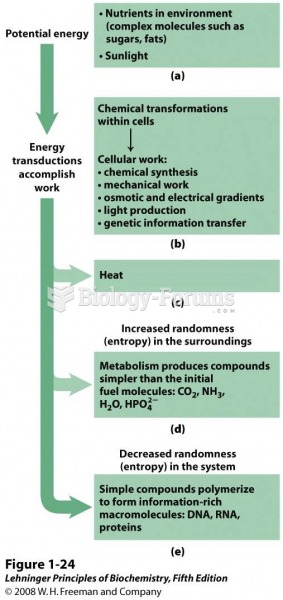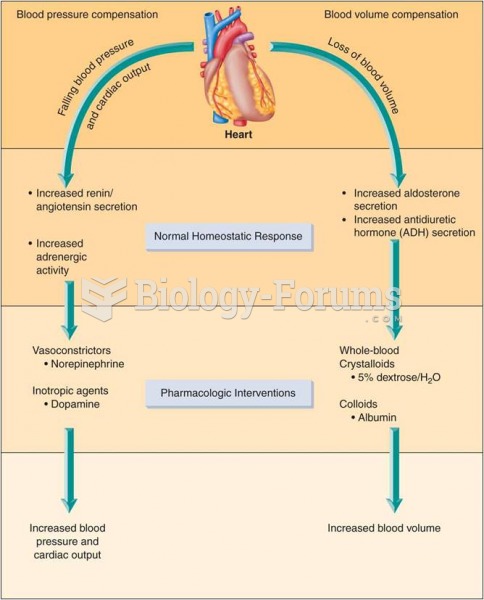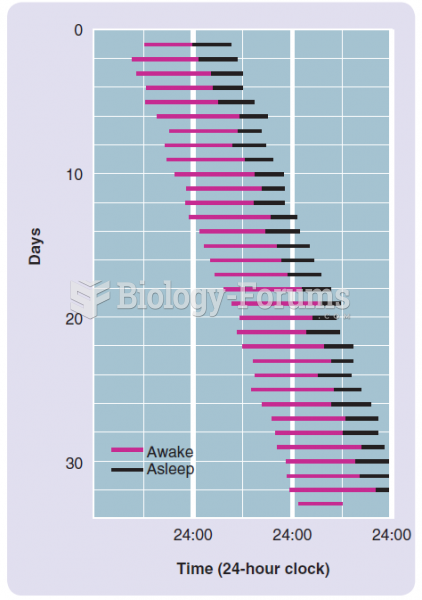Answer to Question 1
C
The nurse implements coughing and deep breathing because of the older man's history of expo-sure to environmental toxins from the paint vapor. Therefore to promote oxygenation and venti-lation and to prevent atelectasis and pneumonia, the nurse instructs him to cough and deep breathe at regular intervals. Hypercholesterolemi a is a common co-morbidity with coronary artery disease; if his total cholesterol is greater than 200 mg/dl, then the nurse should provide a low-cholesterol diet. Inhalation of paint vapor over a long period has adverse effects primarily on the lungs. However, some hepatotoxic substances are used in health care, such as immunosup-pressants and aminoglycoside antibiotics, and must be given to this individual with caution. Be-cause he had a MI, the nurse closely monitors the heart's rhythm to detect ventricular dysrhyth-mias, tachycardia, and other potentially harmful rhythms, but such abnormal rhythms are unlikely to be directly related to his occupational history.
Answer to Question 2
C
Feedback
A Incorrect. A nursing diagnosis from the North American Nursing Diagnosis As-sociation identifies the patient problem and the associated nursing interventions and outcomes for the problem.
B Incorrect. Nursing Goals Classification does not exist.
C Correct. Nursing Outcomes Classification (NOC) helps the nurse to categorize the desired end-result of nursing care with specific, measurable, patient-oriented, and time-sensitive endpoints for the patient to achieve.
D Incorrect. Nursing Interventions Classification is a set of nursing interventions whose basis is found in evidence-based nursing and which are associated with a specific nursing diagnosis.







